Ibanez Tube Screamer vs Boss Blues Driver: which is better?
Two legendary low gain overdrive pedals fight it out to see who comes out on top
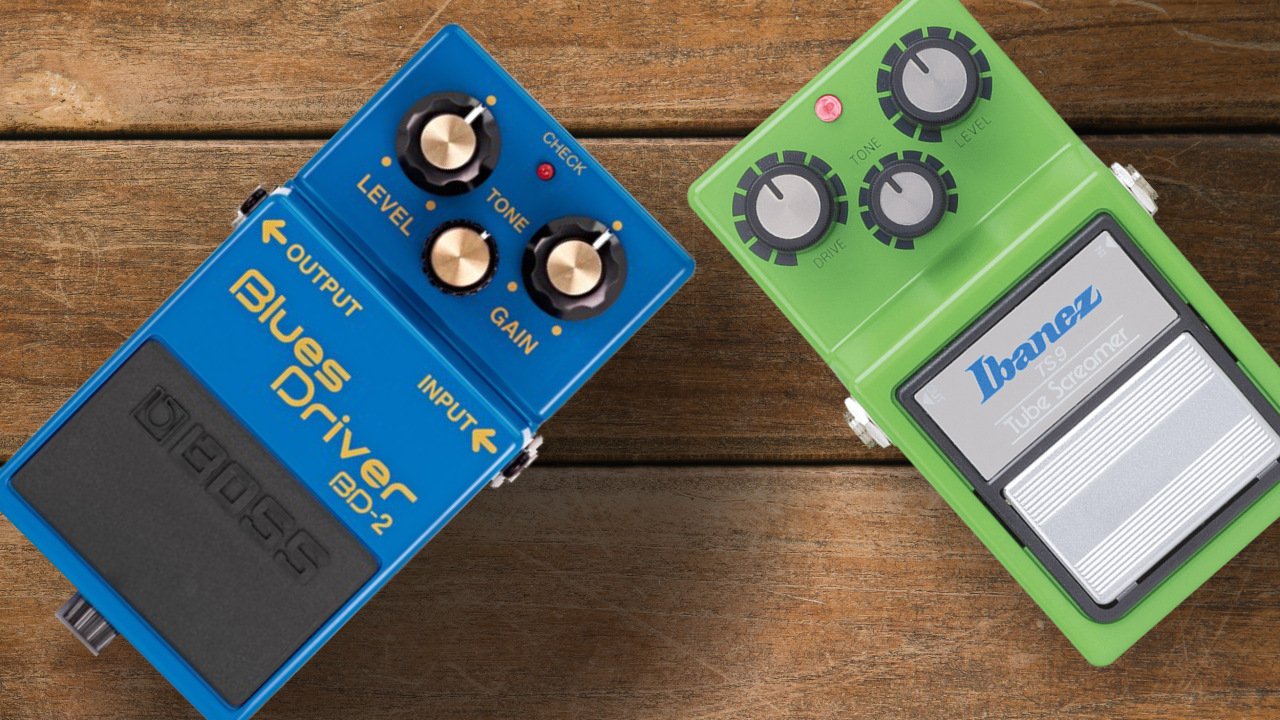
Many debates will rage on until the end of time. The Beatles or the Stones? McDonald's or KFC? Kirk or Picard? And of course, what's better, the Ibanez Tube Screamer or Boss Blues Driver? Both of these iconic pedals have found their way onto countless pedalboards, all while refusing to be tied to one particular genre. So whether you're eying up the tonal-chameleon that is the Boss BD-2 or you think your guitar sound is sorely missing the mid-boosted characteristic of the Ibanez TS9, we are determined to answer this age-old question once and for all – Ibanez Tube Screamer vs Boss Blues Driver: Which is better?
In order to decide what pedal comes out on top, we've put them head to head in a number of categories, from build quality to tone. We'll also go through the brief history of each of these pedals and then explore some notable players who have stomped on these marvelous boxes to achieve tonal greatness.
Ibanez Tube Screamer vs Boss Blues Driver: at a glance
Ibanez Tube Screamer vs Boss Blues Driver: history
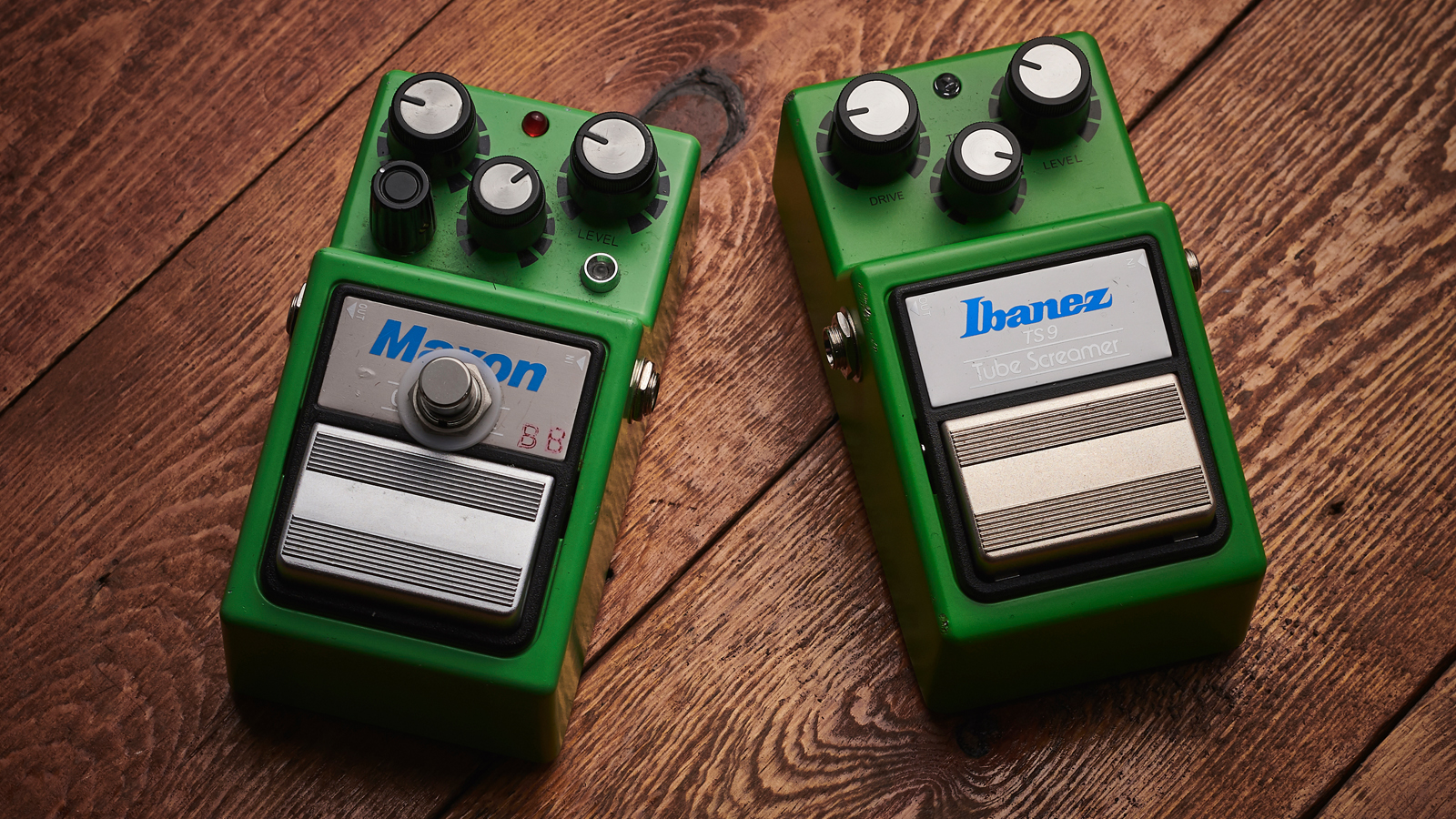
So, before we ring the bell and allow these pedal legends to fight it out, we must first break down the exact pedals we are talking about. In the green corner and weighing in at 1.3lbs, we have one of the most famous stompboxes in the world, the Ibanez TS9 Tube Screamer.
The Tube Screamer is arguably the most copied and cloned pedal of all time, with more variants than you can shake a stick at. The origin of this iconic pedal is a little confusing, though. The original circuit was designed by S. Tamura and was manufactured by the Ibanez parent company Nisshin. At the same time as making the Ibanez branded stompboxes, Nisshin also released their own line of effects under the Maxon brand. These pedals were exactly the same as the Ibanez variants, simply re-cased and rebranded. The first edition of the Tube Screamer – TS808 – would hit the scene in 1979 and would then be replaced by the nine series in 1982. Although these two pedals were very similar, there were changes to the footswitch design and output section – the latter of which resulted in a brighter tone.
In the blue corner and weighing in at 1.1lbs, we have the cobalt sonic powerhouse that is the Boss BD-2 Blues Driver. As blues gained a more mainstream audience in the mid-nineties, with the likes of Clapton and Moore riding high in the charts, the folks over at Boss spotted an opportunity. Setting out to give players the sound of a dimed tube amp in a box – that would also react to playing dynamics – they would release the BD-2 in 1995, and it's been in production ever since.
Ibanez Tube Screamer vs Boss Blues Driver: players

As you'd imagine, with pedals so famous and iconic, the list of players employing their sonic characteristics is massive. The Boss BD-2 has been a staple on many players' boards. It has helped Prince make doves cry, been spotted assisting Tom Morello to testify, and has even allowed Billie Joe Armstrong to say good riddance to the rest of the overdrives on the market. The Blues Driver proves that you don't need a premium price tag to be used by some of the biggest names in music – all you need is a tone to die for.
Similarly, Ibanez's golden goose has a shockingly long list of players who have used this mean-green-tone machine to devastating effect. Obviously, you can't mention the TS9 without mentioning modern blues pioneer Stevie Ray Vaughan. Still, this simple stompbox was also precisely what U2 axeman Edge was looking for and even allowed guitar sensation John Mayer to defy gravity with his searing lead tone. Of course, the Tube Screamer has also been the secret weapon of almost every metal guitarist and was used to shape the mids and tighten up the bottom-end of aggressively distorted, high-gain amps.
Get The Pick Newsletter
All the latest guitar news, interviews, lessons, reviews, deals and more, direct to your inbox!
Ibanez Tube Screamer vs Boss Blues Driver: features
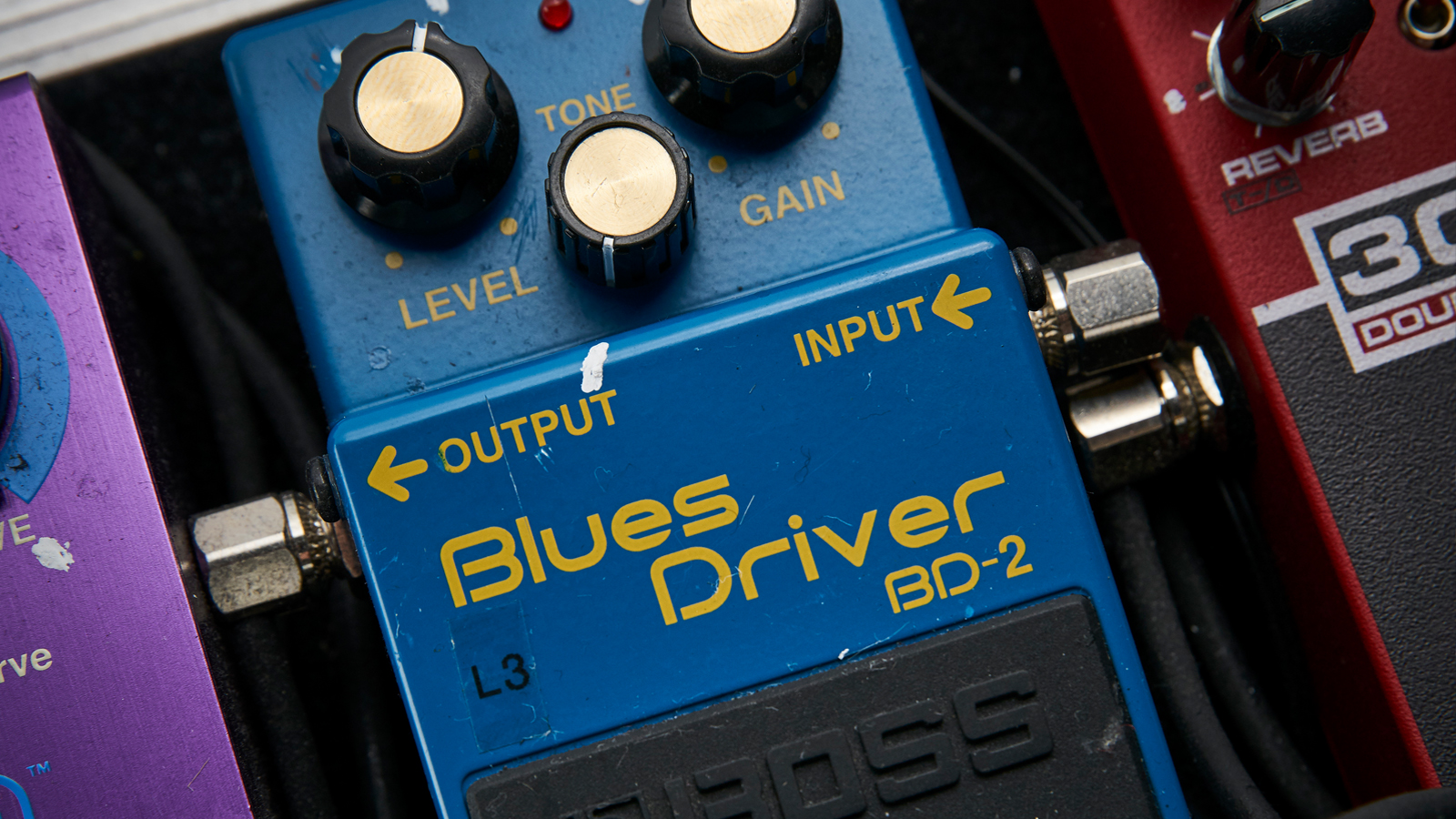
So, it's fair to say that both of these overdrives aren't exactly the most feature-laden effects pedals out there. While it's common to see modern pedals loaded with tone-shaping features, with diode switches, a parametric EQ and even a built-in boost becoming the norm, these two classic pedals opt for a more simplified approach.
Both the Ibanez TS9 and Boss BD-2 share a trio of controls, and while they are labeled ever so slightly differently, they have the same functionality. Each pedal offers the player control over the Level, Tone, and Gain – what more do you really need?
Obviously, both pedals also run off a 9V battery or pedalboard power supply and include a buffered input. They also both come in a hard-wearing metal enclosure.
Winner: If you were to try and pick a winner purely on specs, it would be impossible. On paper, these two iconic pedals offer the same level of control, the same power options, and are both buffered. So really, this first round is a draw.
Ibanez Tube Screamer vs Boss Blues Driver: build quality & design
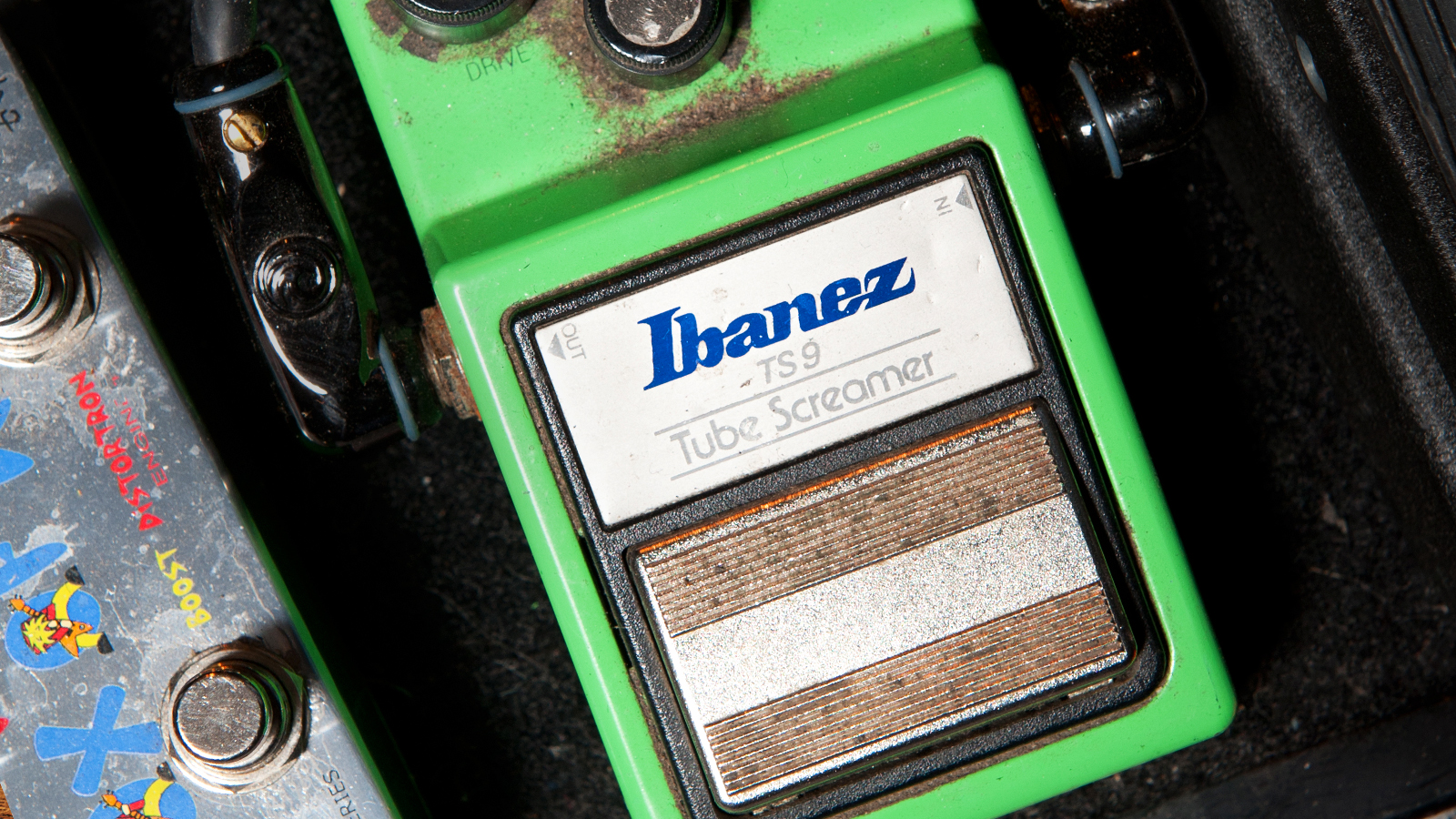
The build quality is one of the most important factors to consider when you're looking for a new stompbox. Pedals have to stand up to a fair amount of abuse on stage and you want to make sure they are up to the task.
Despite having two different countries of origin, with the BD-2 being manufactured in Taiwan and the Ibanez coming from Japan, they are both incredibly robust and well put together. We certainly wouldn't be concerned about jumping on either of them in the throws of an energetic performance. That said, only the Boss pedal comes with a five-year warranty. While, at first glance, this may not seem like a big deal, Boss offering guitarists an extended warranty shows just how confident they are in their products not failing when you need them the most.
As we alluded to above, both of these pedals make use of a full metal enclosure, and both opt for a soft, large format switch, making them easy to turn on and off.
Now, while it's not all that important in the grand scheme of things, the look of these pedals has to be mentioned. Pedal companies are constantly trying to come up with eye-catching new graphics in a bid to stand out in the increasingly crowded pedal market.
So, with that said, we have to give the style points to the Ibanez Tube Screamer. The lime green hue against the large silver footswitch is simply iconic. That's not to say the BD-2 looks bad. It is a novelty to see Boss stray away from the warm color pallet found on other drive pedals in their lineup, but choosing a blue for a blues pedal seems a little lazy and uninspired.
Winner: In terms of build quality and design, we have to award this round to Boss. While it isn't the sexiest pedal out of the two, it is built like a tank and simply won't let you down – and in the rare occasion it does, Boss has your back with a five-year warranty.
Ibanez Tube Screamer vs Boss Blues Driver: sounds
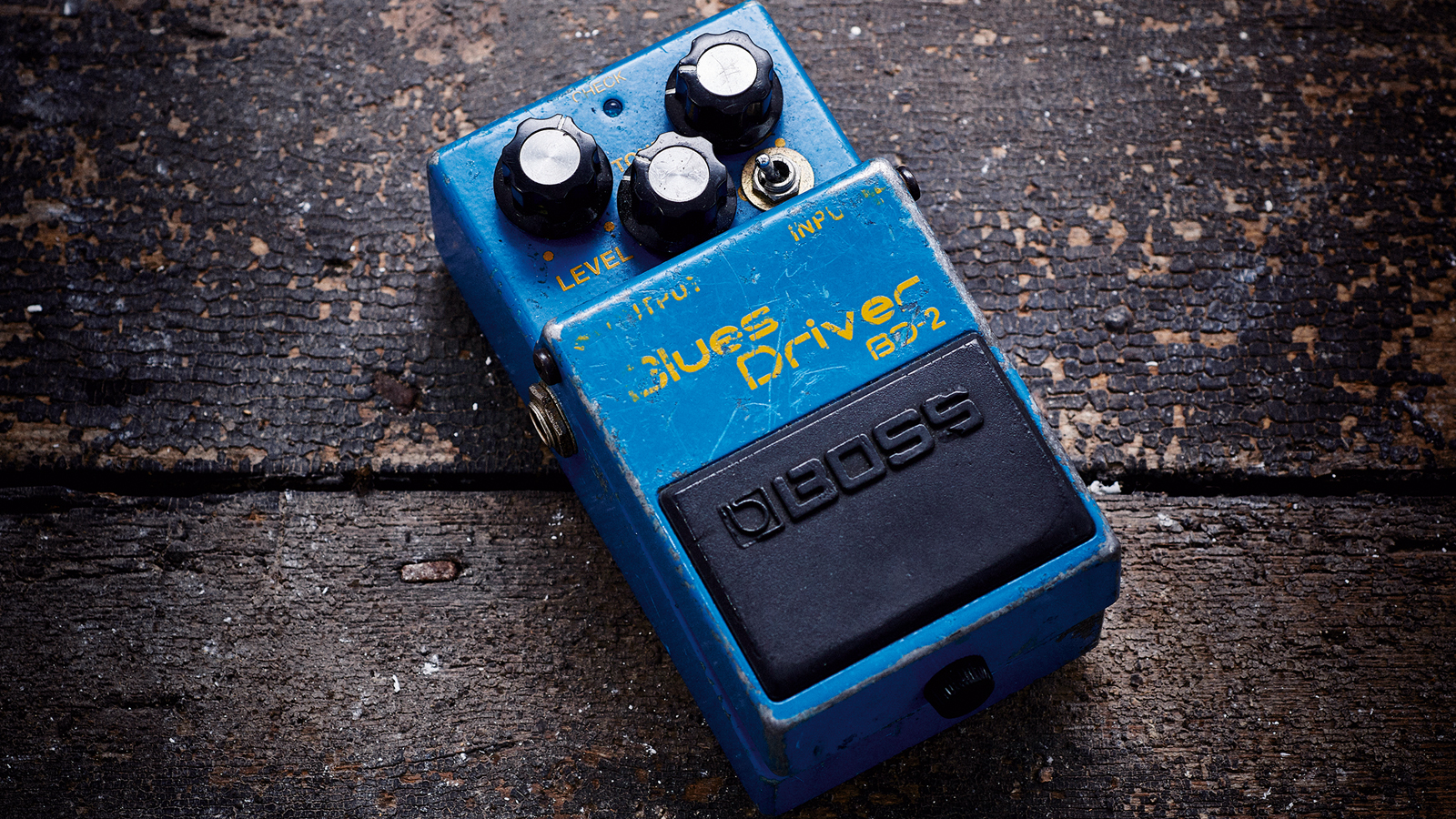
Okay, so this is finally where the Blues Driver and Tube Screamer diverge in a significant way – the sound. Each of these pedals offers its own unique voice and tonal characteristics. Let's start with the humble TS9. The Ibanez is categorized as a low gain overdrive with a considerable mid-frequency boost. This results in a tight and extremely focused sounding tone. The "mid-hump" as it's referred to by many players, allows you to slice through the dense noise created by the other members of the band, ensuring you are always heard, this is why many flock to the TS9 as a boost for solos.
As well as altering the mid-range frequencies, the TS9 also rolls off the bass that some players feel gets in the way of a clear tone and tames the high-end sizzle for a polished and produced sound.
It's worth noting that this EQ curve doesn't work on every amp or musical style. While the Tube Screamer and Fender Twin is a match made in heaven, as the pedal fills in the gaps, so to speak, of the mid-scooped Fender amp. The Tube Screamer falls down when stacked with an already mid-heavy amplifier. Take the famed Vox AC30, which can have a rather pronounced mid-range all on its own, for example. This sound can get a little too much when a Tube Screamer is thrown into the equation. This can lead to a boxy tone that lacks depth.
That said, the TS9 has also found favor in the metal community. Here players are taking advantage of the unique EQ the TS9 brings to the table, using it to tame the aggressively distorted amp and tighten up the sound. In this situation, players will crank the volume of the pedal, turn the gain all the way down and set the tone control to taste.
The BD-2 also seems to have a little extra juice in the tank when it comes to volume and gain.
Now, it goes without saying that amp settings, type of electric guitar and even other pedals in the chain will also affect the tone.
So how does the BD-2 compare? Well, while it sits in the same category as a light gain overdrive, it differs dramatically in tone. Where the TS9 has a pronounced mid-range bump, the Blues Driver has a flatter and more even EQ curve. This results in a fuller, more amp-like tone – that happens to play a little better with more mid-focused amplifiers.
The BD-2 also seems to have a little extra juice in the tank when it comes to volume and gain. This is a clear and punchy pedal that works particularly well as an always-on light drive to give your amp tone a little bite. And as the name suggests, it is perfect for adding a little spice to your blues licks.
Now, of course, you can use the BD-2 as a clean boost – and plenty players do – but it doesn't quite have the pushed tone of the TS9, meaning it doesn't cut through quite as effectively. Now, that may go in some player's favor, as we said before, this pedal may suit your amp tone better.
Winner: This one is a difficult one to call. Both pedals sound fantastic, and both can do more than low gain bite. However, even though the BD-2 has a special place in this writer's heart, the Ibanez Tube Screamer just takes it by a whisker. Based purely on its versatility as a main gain generator, a formidable boost, or as a metal player's secret weapon, this pedal's tone is the sound of rock n roll.
Ibanez Tube Screamer vs Boss Blues Driver: final verdict
So with both pedals coming out with the same amount of points, which is better? Well, the answer is, it really depends on the purpose of the pedal, and the gear it's being used with. If you are looking for a particular sound – and you have an amp that enjoys working with the mid-range of the TS9 – then the Ibanez is the pedal for you. It's versatile, robust and genuinely iconic.
If you are looking for a rounder, more natural sound, then you should make space on your 'board for the BD-2. The smooth gain and warm punch as been a fundamental element of many player's tones and well, there's a reason the pedal hasn't changed since the '90s, it's brilliant.
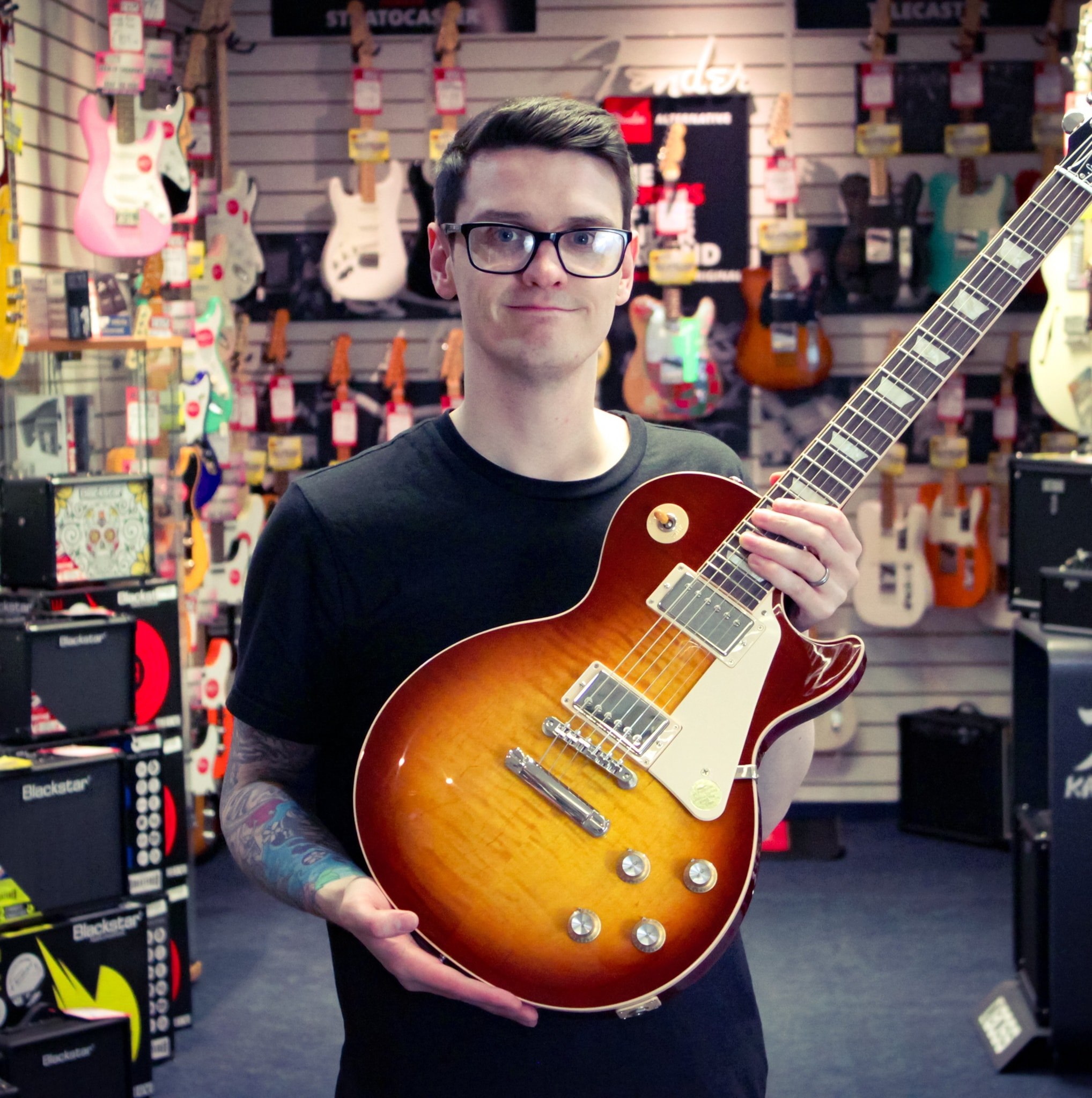
Daryl is a Senior Deals Writer at Guitar World, where he creates and maintains our 200+ buyer's guides, finds the best deals on guitar products, and tests the latest gear. His reviews have been featured in prominent publications like Total Guitar, Future Music magazine, and MusicRadar.com.
During his career, he has been lucky enough to talk to many of his musical heroes, having interviewed Slash and members of Sum 41, Foo Fighters, The Offspring, Feeder, Thrice, and more. In a past life, Daryl worked in music retail. For a little under a decade, he advised everyone from absolute beginners to seasoned pros on the right gear for their needs.
Daryl is also a fully qualified sound engineer, holding a first-class Bachelor's degree in Creative Sound Production from the University of Abertay.
“The original Jordan Boss Tone was probably used by four out of five garage bands in the late ’60s”: Unpacking the gnarly magic of the Jordan Boss Tone – an actual guitar plug-in that delivers Dan Auerbach-approved fuzz
“This is a powerhouse of a stompbox that manages to keep things simple while offering endless inspiration”: Strymon EC-1 Single Head dTape Echo pedal review










